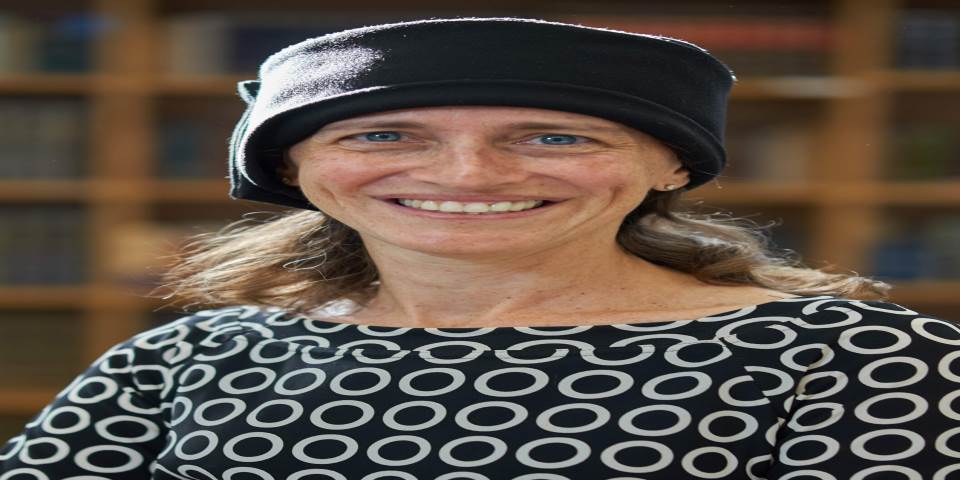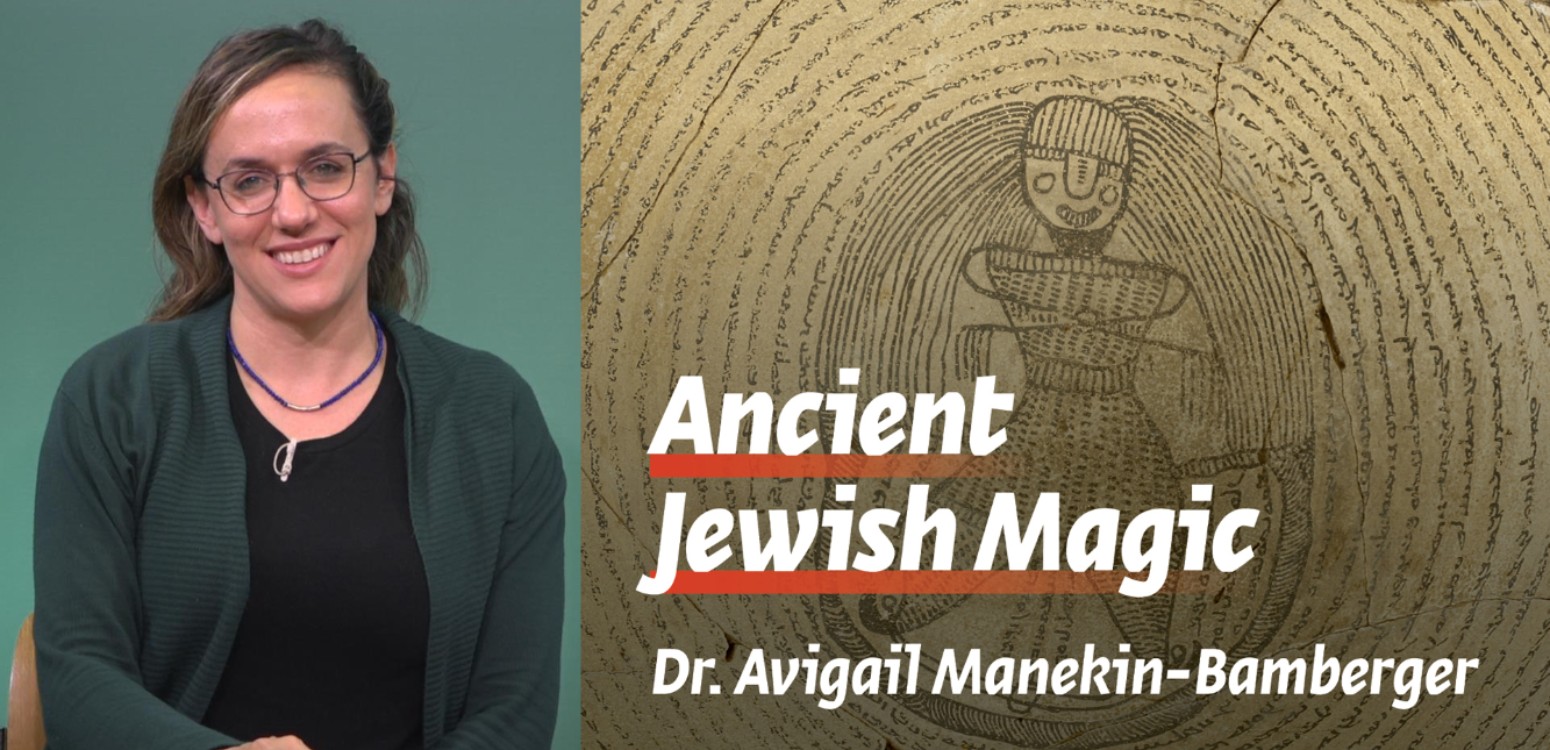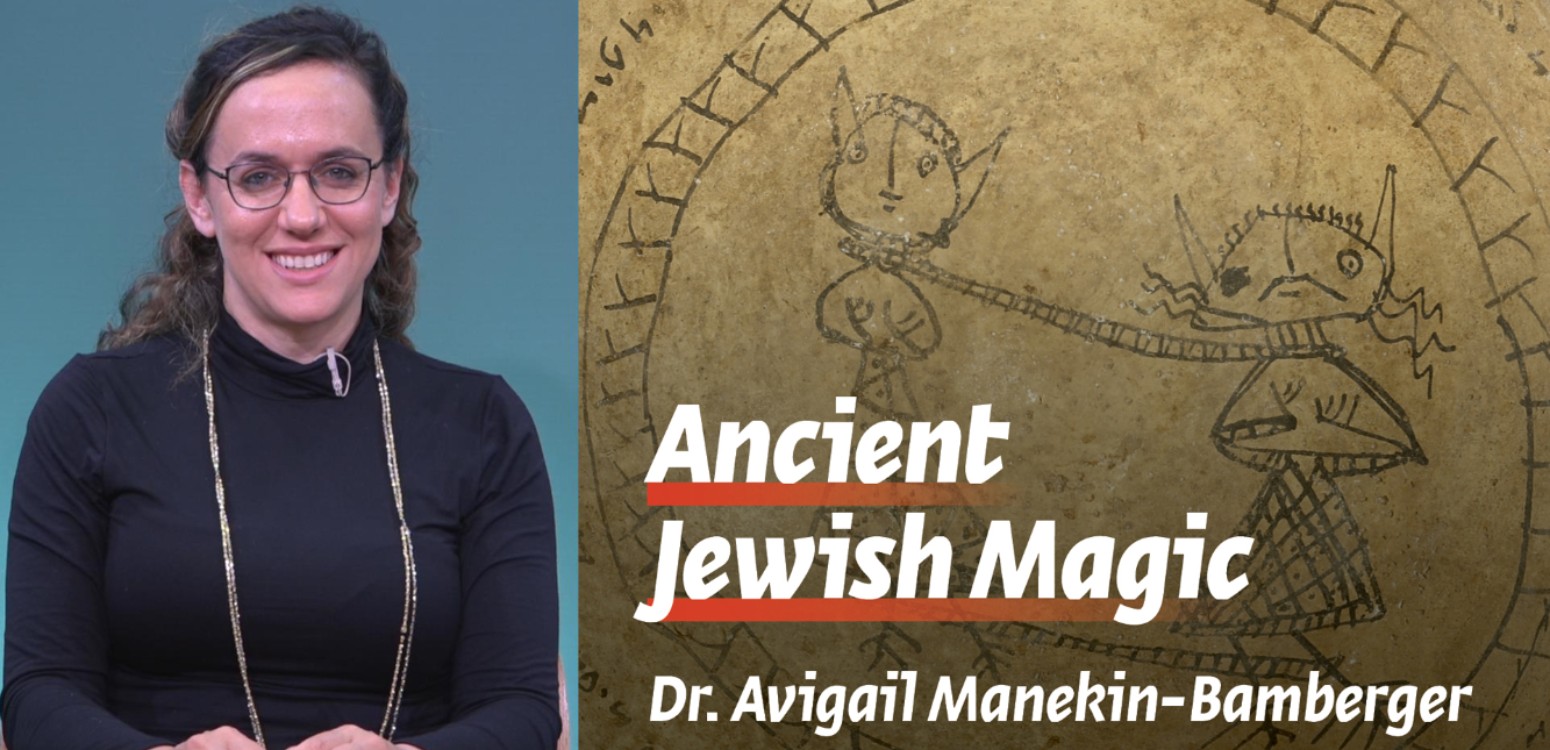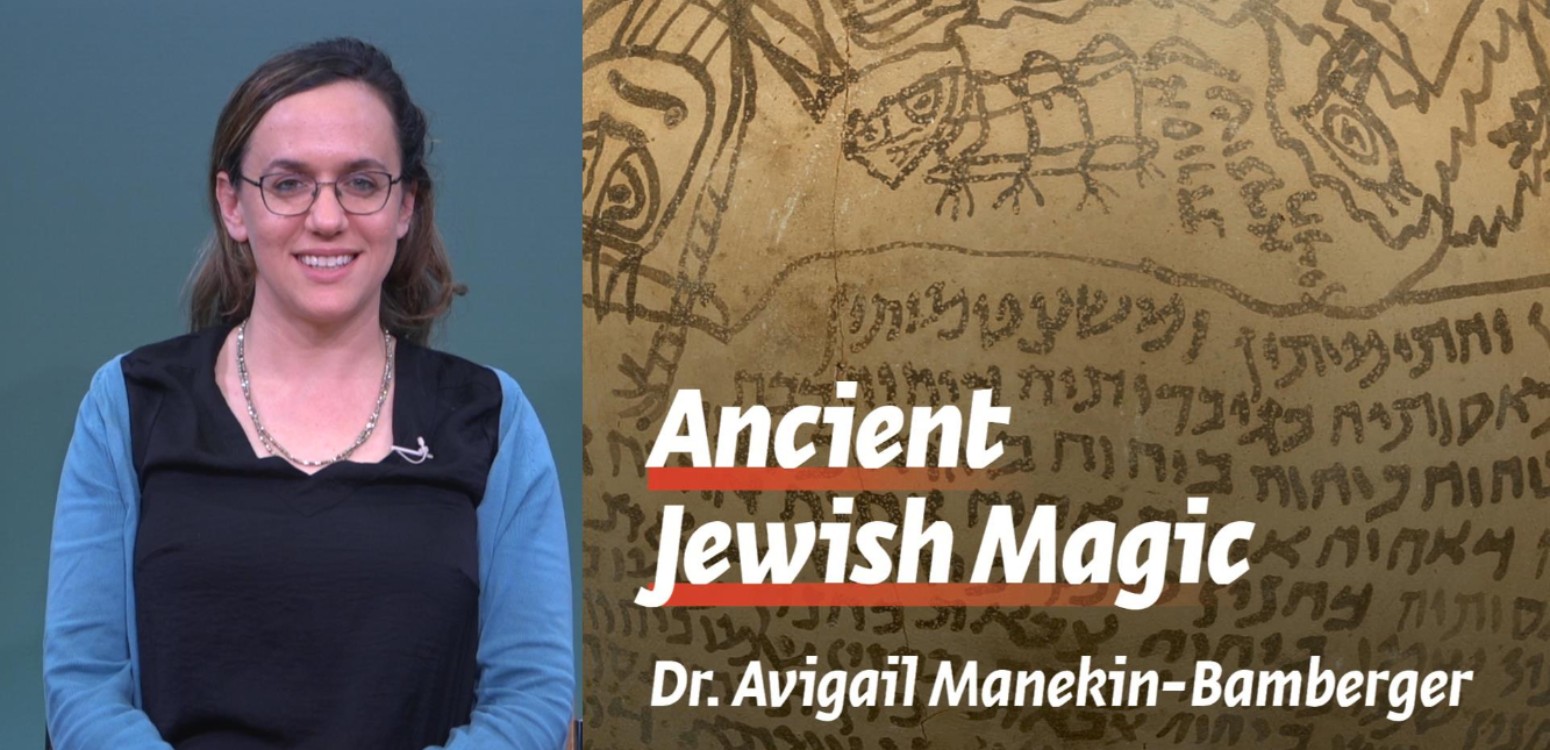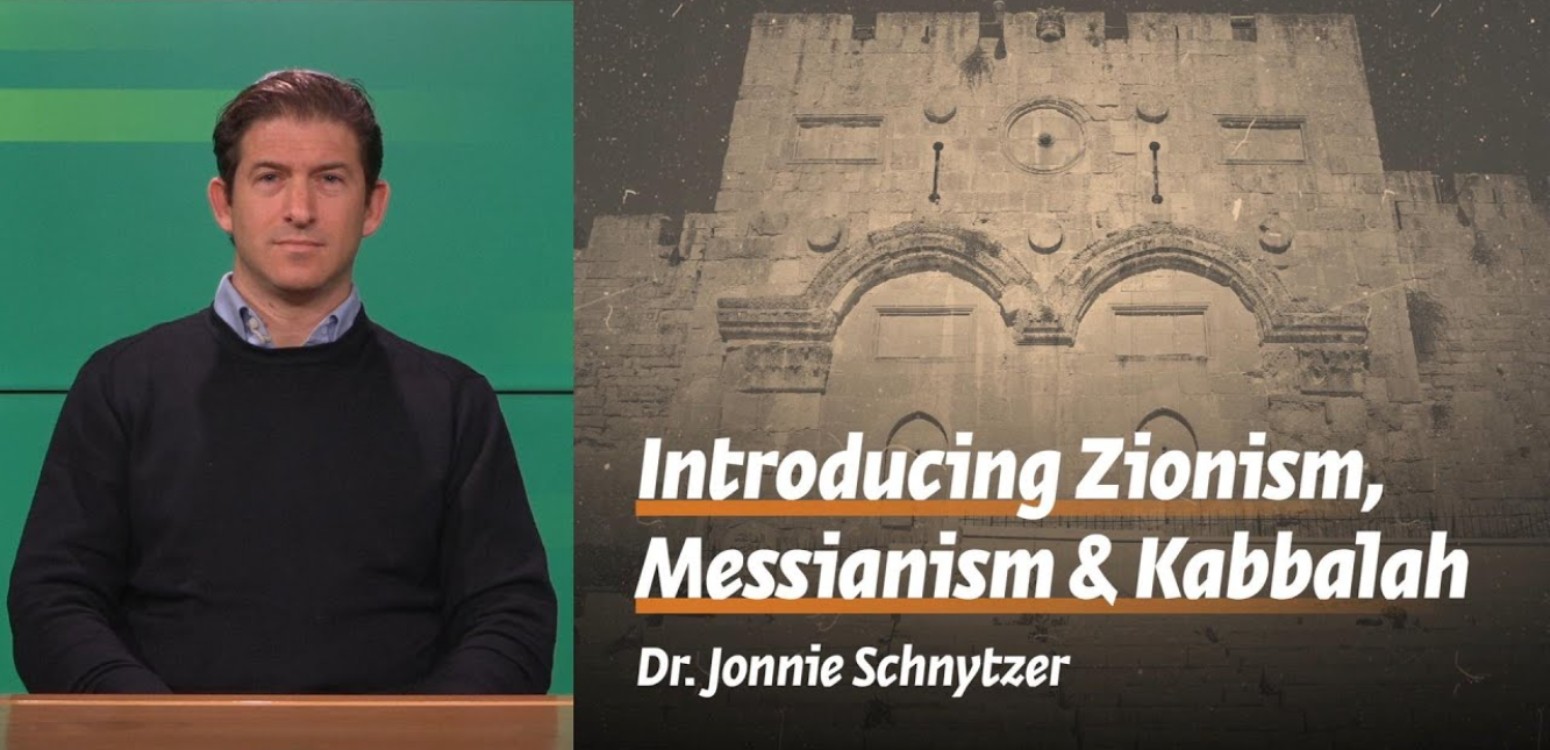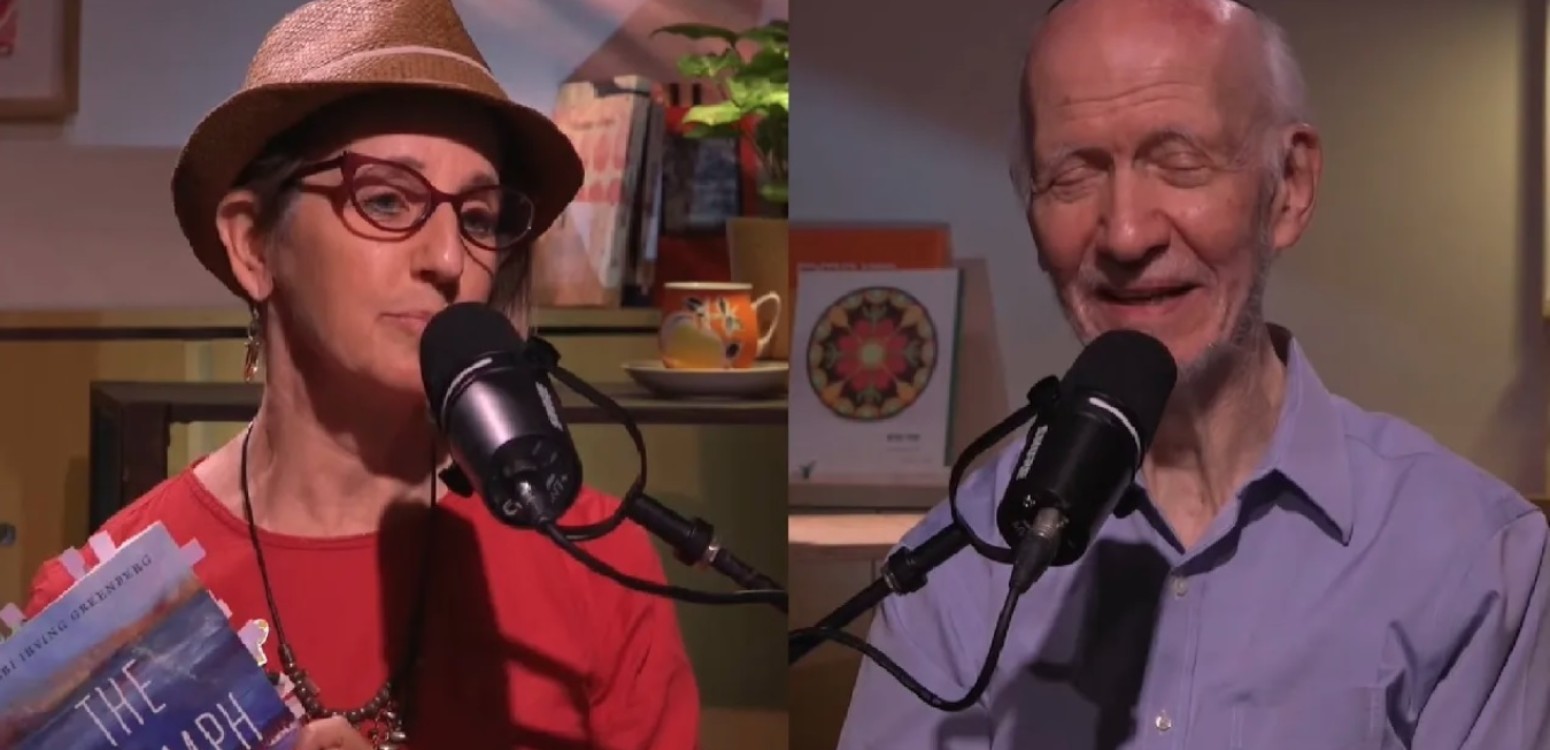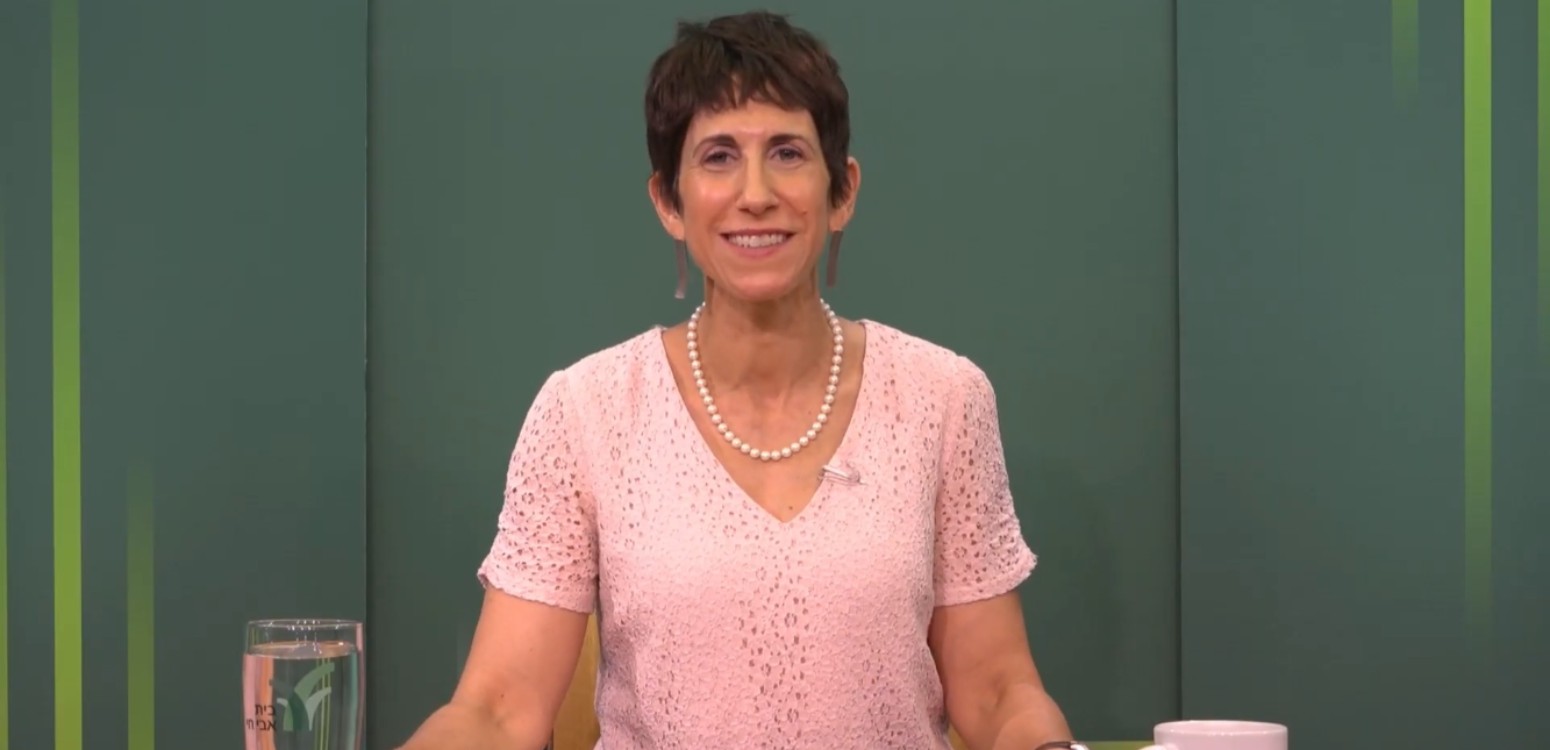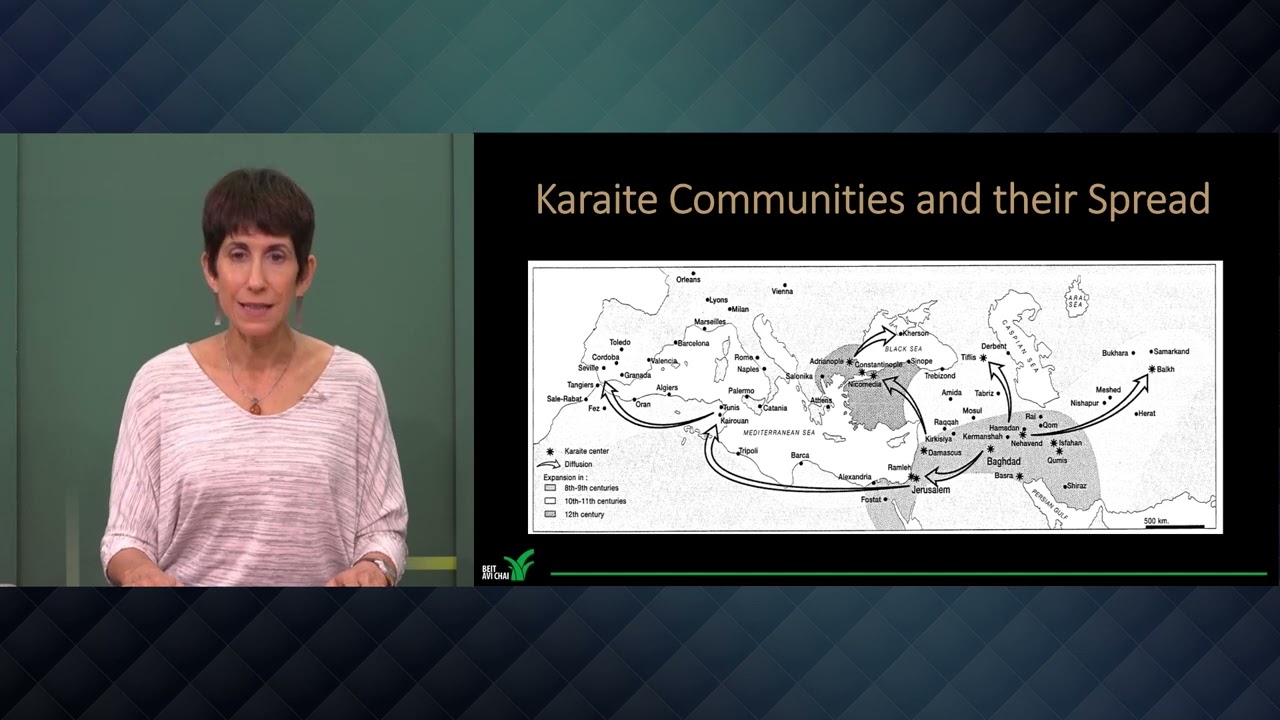
Sunday | August 21 | 8pm (1pm EDT) | CLICK HERE TO REGISTER
In this lecture, we gain a bird’s eye view of what Jews wrote in Judeo-Arabic and how they wrote it. Writing in Judeo-Arabic, Jewish scholars took up new genres, from philosophy to grammar to Bible commentary to science, and more. Not only were the genres new, so was the style in which scholars wrote, and we evaluate how the rise of the individual author-creator is a product of this period of Jewish history.
Toward the end of the Talmudic period (around the sixth and seventh centuries) momentous events took place in the Near East, the area of residence of the majority of the Jewish population of the world. A new religion was developing – Islam – led by a charismatic leader named Muhammad. Groups of Muslims began to move outwards from the Arabian Peninsula, quickly conquering large areas of the Near East and North Africa in the name of Islam.
For the Jews of the region, formerly under Byzantine, Roman and Sassanian rule, these political changes were momentous. The linguistic changes were even more so. Within a few generations, most of the Jews of the Near East became native Arabic speakers. Arabic became the lingua franca of scholars as well, as Arabic-speaking society took up the heritage of the Greeks and other Near Eastern traditions of knowledge. Jewish scholars, already native speakers of Arabic, began to write in Arabic, addressing new subjects, in a new style, and in this way transforming Judaism and its scholarship. Jewish culture and scholarship were irrevocably shaped by the centuries of scholarly creation and study in Judeo-Arabic, becoming what we know as Judaism today.
This series is devoted to the revolutionary transformation in the history of the Jewish people caused by the adoption of Arabic and, along with it, the wide array of works that Jews wrote in Judeo-Arabic.
עוד בבית אבי חי
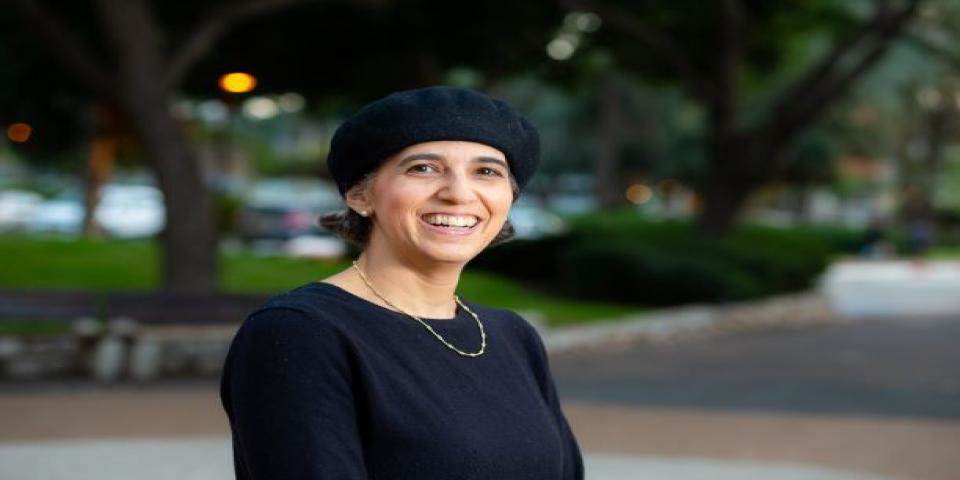
![DAVID DARSHAN, SHIR HAMA'ALOT L'DAVID [David's Song of Ascents] - Prof. Moshe Rosman](https://cdn.bac.org.il/warehouse/content/pics/pic_9031_a.jpg)




